A little about the city...
A City like Hong Kong keeps you out of breath due to the hectic and fast-paced lifestyle they have here.
No matter where you go or whatever time of the day it is, the Hongkies are always in a hurry, always.
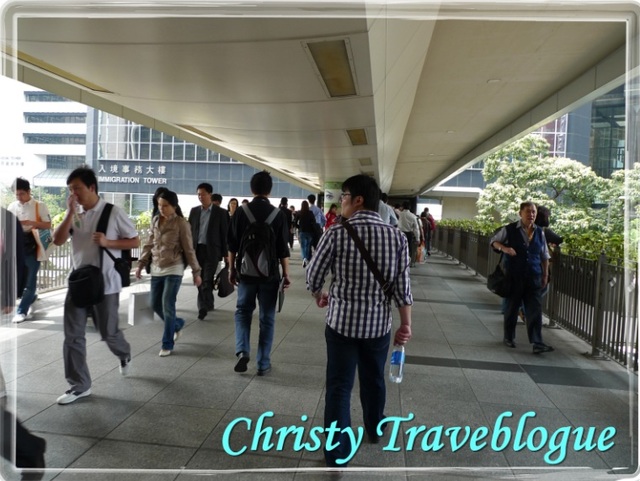
You will find yourself pushing your way through crowds of people (it is a wonder that there are no stampedes in such a crowded country), and you do have to wriggle/squeeze your way through the crowd or you will find yourself stuck in the same location, as there is never a time when there is no passerby at all; on the bridges, across the roads, etc.
It is no wonder, as Hong Kong boosts of a population of more than five million (and still counting) making it one of the most densely populated countries in the world.
Spaces are expensive in Hong Kong, and you may find small little shops lining even the smallest and most narrow alleys in the city. Apartments and hotel rooms (especially in medium to budget class) are usually small, and some could be just right for one person!
(Please browse through the photos when you book your hotel, unless you are staying in luxury 5 to 6 stars).
As of 1997, Hong Kong and Macau are officially Special Administrative Regions (SAR) of China government. However, due to the long British rule in Hong Kong, you will find that the Western culture are rather prominent in the lifestyle of the people here in Hong Kong.
Skycrapers with splendid and modern architecture are a common sight as they line the waterfront and the streets of the congested city; a clear sign of a well-developed country.
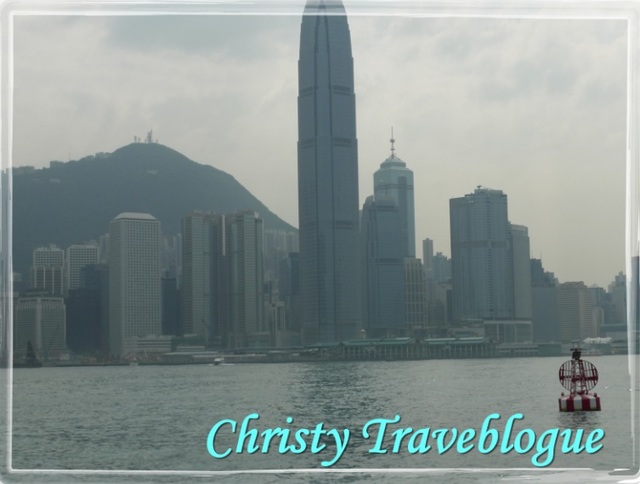
Amidst the awesome structures surrounding the city, you will be surprised to find the old colonial and heritage buildings and shops around the city; in co-existence with modernization and yet not forgotten as the city makes way for development. It is indeed a rarity to spot these buildings in a developed city, but I must say it was a gem indeed as tne striking contrast creates an unique identity for Hong Kong.
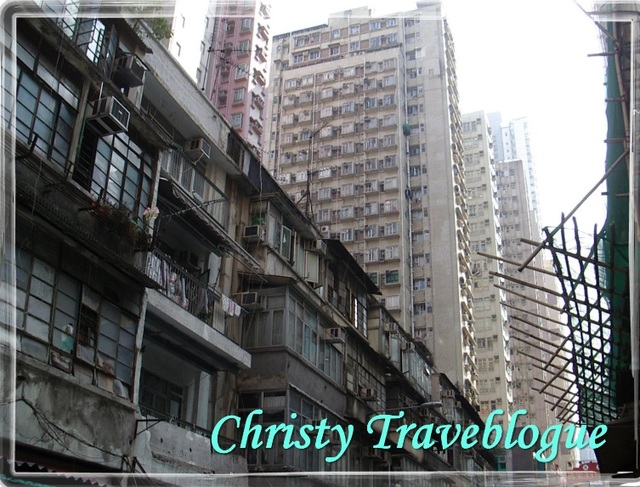
Ethnicity/People of Hong Kong
The city is made up of at least 95% Chinese; with expats and foreign workers making up the minority. The foreigners are composed of Indians and Filipinos, Indonesians make up for the domestic helpers imported into the country.
Most of the Chinese here call themselves Cantonese, although there Teochews and Hakka making up the smaller population in the rural areas.
At one glance, the Hongkies may appear to be loud, brash, arrogant, aggressive and sometimes, even rude. It is not uncommon to hear grunts and complaints from tourists visiting Hong Kong, particularly the way they were treated by the salespeople, shop assistants, or street vendors/pedlars who are not afraid to display their anger or frustration directly at the customers when the customers bargain or end up not buying from them.
I have experienced and witnessed it myself; in separate incidents, as follows:
1. While we were at the morning market, we were looking around and one of us were busy taking photographs. A man, who was one of the shopkeepers at the market, approached us and scolded one of us (the one who was taking photographs) for taking photographs at the market.
He came over and stood in an intimidating way, using vulgar words like "What the **** are you taking photos of?" in Cantonese.
It was indeed a scary scene, but we told him nicely that we meant no harm and he just strode off with a grunt. Needless to say, it was an impression not so easily forgotten and what a way to start our day!
2. That was not the only experience; as I was trying to buy some stuffs, and since I picked a few, I asked for a discount.
It was in a split second I saw the face on the lady changed, and she started arguing that her prices were already cheap and what can one expect somemore?
3. We walked into a small eatery outlet on the streets, and were busy looking at the menu on the wall as we sat down, trying to understand their offers when the lady owner just shouted in a loud voice, "What do you want?!"
I don't quite think that is the right way to welcome your customers.
4. One of us wanted to get his watch fixed (minor clockwork issue) and approached some stalls by the road, and even shops. After checking the price, he just thanked them as he wanted to check with his Hongkie friends when he meet up with them later. As he was walking away from the stall, he heard the stall owner talking to his neighbour in Cantonese (we can understand Cantonese), "Can't even afford a few bucks!"
5. We were having dinner at the restaurant with our Hongkie friends (they are locals), and the staff at that restaurant had serious attitude problem. Even the locals were frustrated with their service as they either come late, don't attend to the tables, or they vent their frustrations by smacking the plates down on the table right in front of you.
I was told that this is a common sight and a norm in Hong Kong, so the locals say.
It is their way of talking, and they may appear louder to most ears.
Tip? Don't mind them, or try your best to ignore them. Don't try to pick a fight as you are a foreigner in the country.
If you are afraid, well, I'd best recommend shopping malls where customer service is better. (Then again, some of the salespeople may be rather arrogant and do expect to be observed by them from top to toe as they judge whether you are worthy of their royal attention and whether you can afford to buy their goods. You have to give it to them for their amazing capability to weigh someone in just a split second).
It's always good to have a local (or at least someone who can speak Cantonese) with you, especially if you can't speak a word of Cantonese.
But my advice is, just ignore and don't let it spoil your mood. It is not worth it :)
Language
As the population is predominantly Chinese, the written and spoken language here is mostly in Chinese; specifically Cantonese. However, due to their status as an international port and also perhaps the influence of the British colonization, tourists will find it easy to read signboards which are usually in dual languages; Chinese and English.
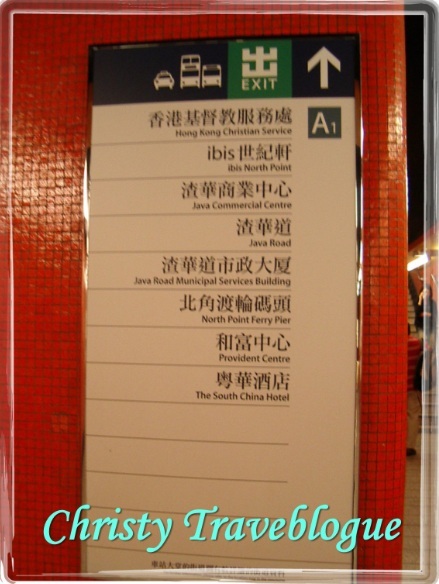
At some tourist spots, you may even come across Japanese.
Most of the Hongkies can understand and speak Mandarin and English and there are lots of tourist information booths around the tourist spots.
Keep a lookout for policemen in light blue uniforms as they are often found everywhere on the streets, on patrol, and they are very helpful should you need directions.
Transportation
The best thing about Hong Kong is the accessibility of their public transportaion which is highly efficient and it just makes getting around so easy; be it for the locals or tourists.
1. MTR
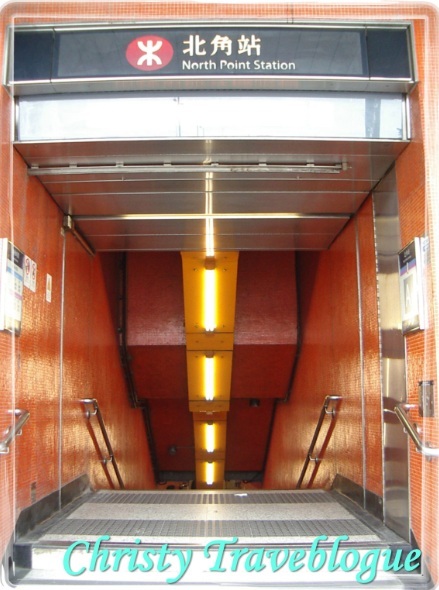
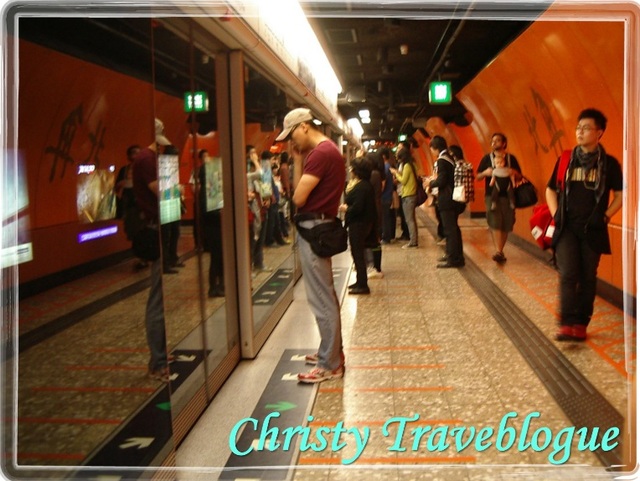
This is the most convenient way to get around Hong Kong island or even to the New Territories, Kowloon, Lantau Island as it connects to almost everywhere!
Tourists need not worry as almost all the major tourist attractions are accessible by the MTR.
You just need to purchase an Octopus card upon your arrival at the sales booth in the MTR station. When you first purchase, $50 will be included as the refundable deposit.
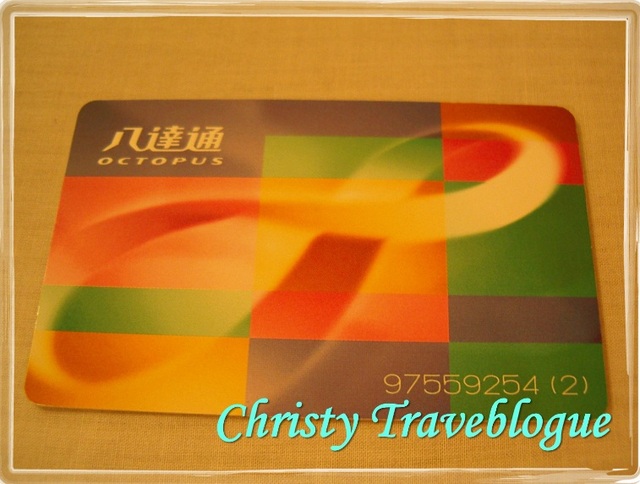
Adult: $100 + Deposit $50 = $150
Children & Senior : $20 + Deposit $50 = $70
If you return the card in less than three months, there will be deduction of $7 from the deposit $50. If you are a frequent traveller to Hong Kong, you can keep the card for future use as the card is valid for three years, from the last top up date.
For further information, you can check the Hong Kong Octopus Card website here
Don't forget to get a copy of the MTR map; you can either download it online or you can request from the sales/information counter at the MTR station.
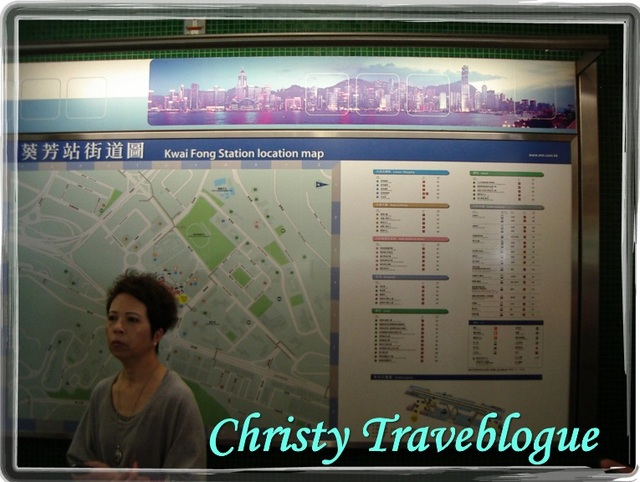
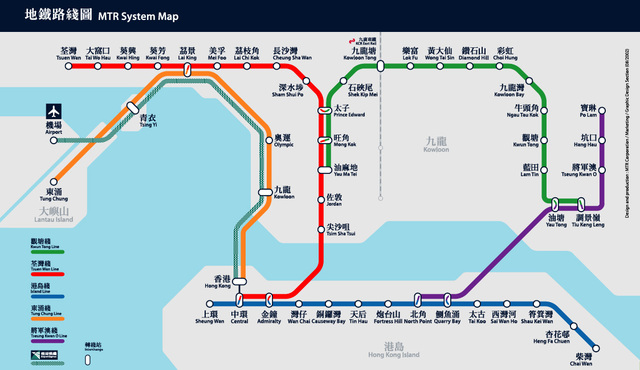
Note:
**The Octopus card can be used on all the public transportations (not only MTR) and even in some convenience stores like 7 Eleven. **
2. Buses
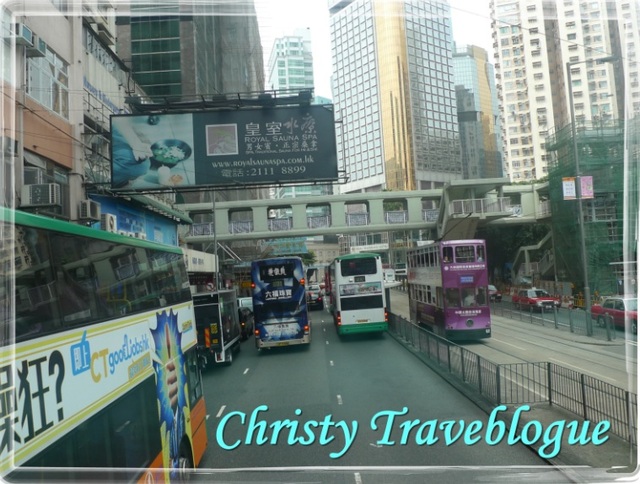
You can find bus stops everywhere on the streets, but do check at the stops on which bus to take as they are all going through different routes.
Citybus is the most common brand of bus found on the Hong Kong Island; with their double decker and bright yellow colors driving on the roads.
The Citybus can bring you to most of the places on the island.
Kowloon, New Territories and Lantau Island have their respective own buses.
3. Minibuses or vans are also commonly found on the streets, but as the drivers are usually going through local routes, they ferry mostly local passengers.
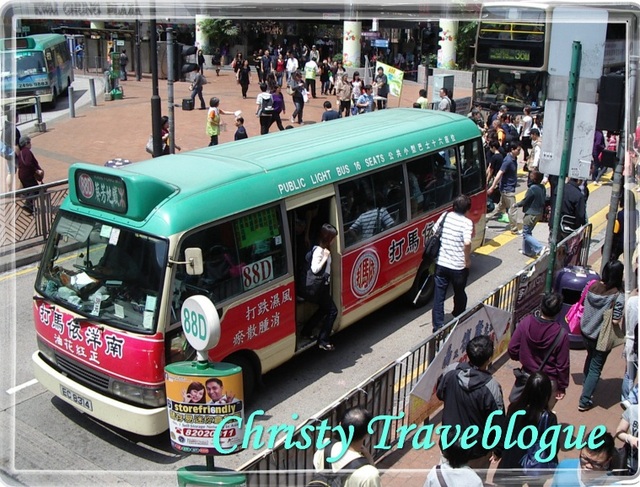
This mode of transport is more suitable for those who can speak Cantonese or are familiar with the roads in Hong Kong, or both.
4. Trams
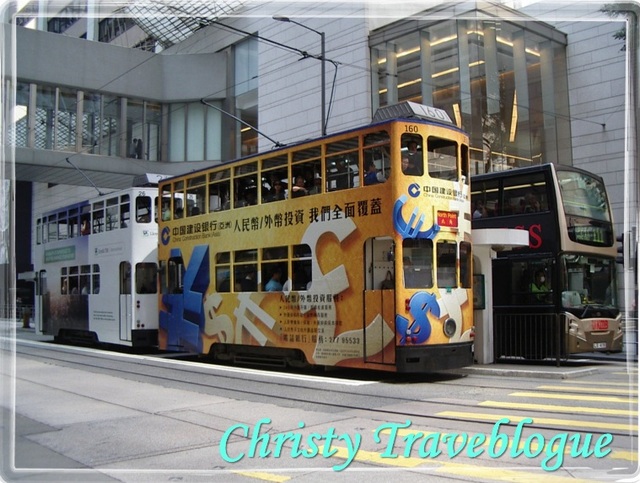
Soemthing in the past, but still efficient until today. Their history dates back to 1904, and is one of the most fun way to explore the busy streets and life of Hong Kong.
The fare is at a flat rate of $2, and you must have the exact change.
You can also use your Octopus card.
You get onto the tram at the back of the tram and pay when you alight at the front.
5. Ferries
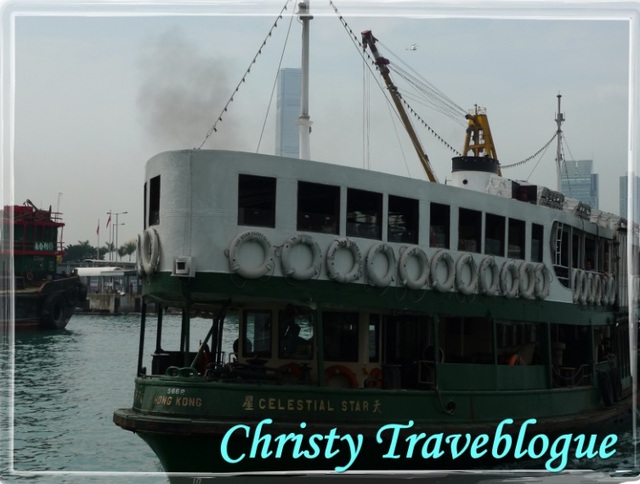
The familiar sight of the green and white Star Ferry (as seen on all Hong Kong dramas) carries passengers between Kowloon and Hong Kong Island; mainly Hung Hom and Tsim Tsa Tsui to Central and Wan Chai.
Fares are about $2.50 (exact change) or Octopus card.
There are also ferries to the outlying islands such as Lamma Island, Cheung Chau, Peng Chau and Lantau.
6. Taxis
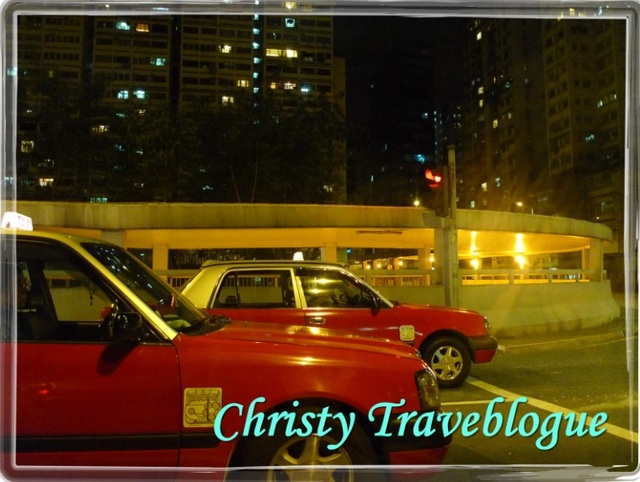
Most of the taxis in Hong Kong are metered, and the common ones found are the red ones with the word taxi on the side doors and also on top of the car. You may see green and blue taxis, which are meant for the other areas outside Hong Kong.
For further information on the transportions, do check out the official Hong Kong Tourism Board website here
If I were a Hongkie, I don't even need a car with such an effective and convenient public transportation system in place!
Currency
The local currency is the Hong Kong Dollars (HKD), used across the whole country.
The Hongkies do accept USD as well, but make sure you are aware of the exchange rates.
At most of the shopping malls, major credit cards (visa & master) are accepted and they will also perform the currency exchange for you and confirm with you whether you would like to pay in local HKD or your country's currency when they swipe your card.
Again, please ensure you know the accuracy of the currency exchange rates.
Dress code and trends
The Hongkies are fashionable and trendy in their dressing; and they are always dressed well. You can spot hip and latest fashion trends especially on the youngsters and the working group.
The Hongkies are also brand-conscious and most of them are wearing at least one designer brand on them, as I have observed, and they like to display the brands of their handbags or shirts.
If you want to blend in and not look weird, be ready to dress in layers.
Bring t-shirts, tank tops, knit blouses and light cardigans during the spring and summer season that you can layer on when you are feeling cold or take off when it's warm.
You can even check and follow the current/latest fashion trend and be bold, as you will find that many of them are just as trendy.
For autumn and winter, bring coats/tailored overcoats, sweaters or jackets as they are fashionable and good to match with other clothing. Boots are commonly worn by the ladies here too.
One thing I have noticed is that almost 70% of Hongkies are dressed in Black or dark-colored clothes, but black is definitely the most common.
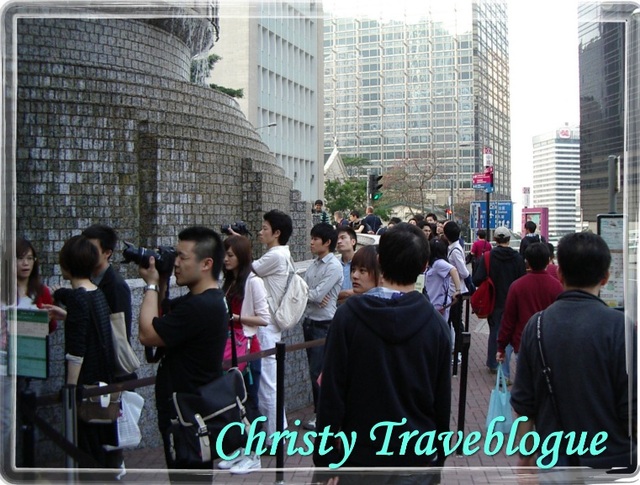
I guess they just love the color, or the versatility and coolness of wearing black, as black is always associated with cool and relaxed, and for the ladies, it makes them look fairer and slimmer. With their fair complexion and image conscious nature, guess it fits the bill perfectly.
So, if you have no idea what to wear, just put on something black and you will fit in easily with the locals.
If all else fails, carry an iPhone or an iPad, as I have observed almost every Hongkie has an iPhone or an iPad (or Both) in their hand.
Eating
This is a food paradise and you will find yourself spoilt for choices as the variety seems endless.
I will posting more on the food in this blog as I update on my trip, and also stay tuned to my food blog on Hong Kong food.
A few notable ones, though to get you started are as follows:
1. Wanton noodles
2. Dim Sum
3. Seafood
4. Pastries and cakes
5. Desserts
6. Street food (if you have the guts :)
A few tips when dining in a local Chinese restaurant/cafe/stall:
1. Usually glasses of Chinese tea will be served before/upon/after you ordered your food; take note that these are used to rinse the utensils. You can also opt to drink them if you do not use them to rinse the utensils.
In restaurants, you will get a pot of tea. So, the first round you should pour the tea to rinse the utensils and then pour the tea away into a bowl prepared for that purpose. After that, you can drink the tea that is poured into your tea cup.
If you are not sure, well, observe the locals. Otherwise, don't touch the tea then ;)
2. In small cafes or eatery outlets, the chopsticks are all available in a metal container at the side of the table. There are also soy sauces and salt/pepper sometimes.
3. Chopsticks are widely used here in Hong Kong, so give it a try! It may be a fun experience for you especially if you come from a country where chopsticks are not common.
However, don't point your chopsticks at people or when you are talking to someone. Also, don't insert the chopstick in a half-standing position/standing position in your rice as it is viewed as disrespectful. Place your chopsticks on the chopsticks holder once you are done.
4. If you are in a shop/stall selling desserts, some of the desserts may not come with coconut milk such as red/green bean. Feel free to request/confirm with the waiter when ordering.
5. If you drink Soy milk or eat soy bean curd pudding (Tau Fu Fah) in a shop, look out for a container with the character 糖 or the container contains brown liquid in it. Those contain sugar and are to be added to your own liking.
If you are not sure, check with the shop owner. Some shops serve the dessert with sugar already added to it :)
Shopping
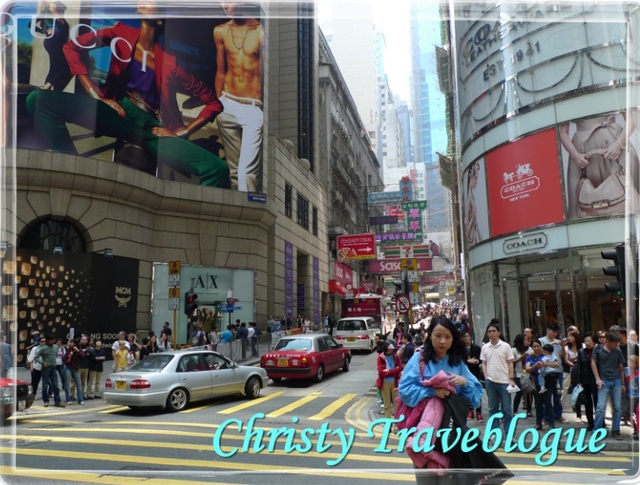
Hong Kong was labelled as the shopping mecca in some travel books, and it is true, as the shopping malls are found in almost every part of the city. You can find almost everything here; from high street luxury designer brands to cheap stuffs on the streets.
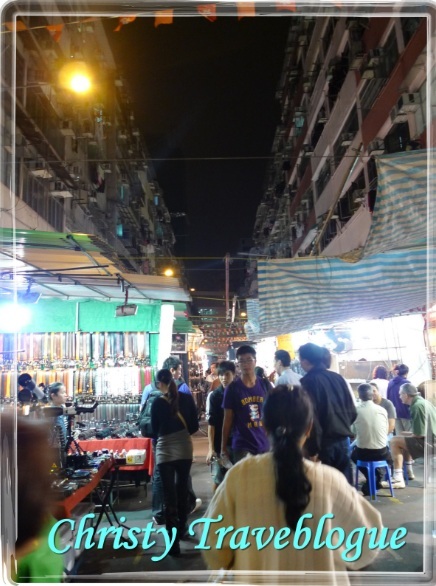
Beware of frauds though, and bargain when you are on the streets although you may be greeted with unfriendly gazes and exchange of words. It's best to bring a local if you really want to shop on the streets, if you can't speak Cantonese.
Culture
Hongkies, mainly Chinese, are religious and superstitious people. They are God-fearing and do not joke about spiritual topics.
Be respectful when you walk into a temple, wear decently and do not laugh or joke as it could offend the locals who are the praying or worshipping there.
Nightlife is vibrant here, as the office workers crowd the streets of Lan Kwai Fong and SoHo especially on weekends. Some of the food outlets/stalls are also open to the wee hours in the morning.
Electronic gadgets and technology are widely popularized with the tech(and trend) savvy Hongkies who keep themselves updated and are not shy to show off the newest gadget they own; i.e.: iPhone, iPad, smartphones, etc.
In general, Hong Kong is a city full of excitement amidst the hustle bustle and it is always a BUSY city.
There are so much to see, eat and do in this developed city.
I will be sharing my itineraries and also the top tourist attractions and hopefully, can be a source of information for those planning their trip :)

No comments:
Post a Comment